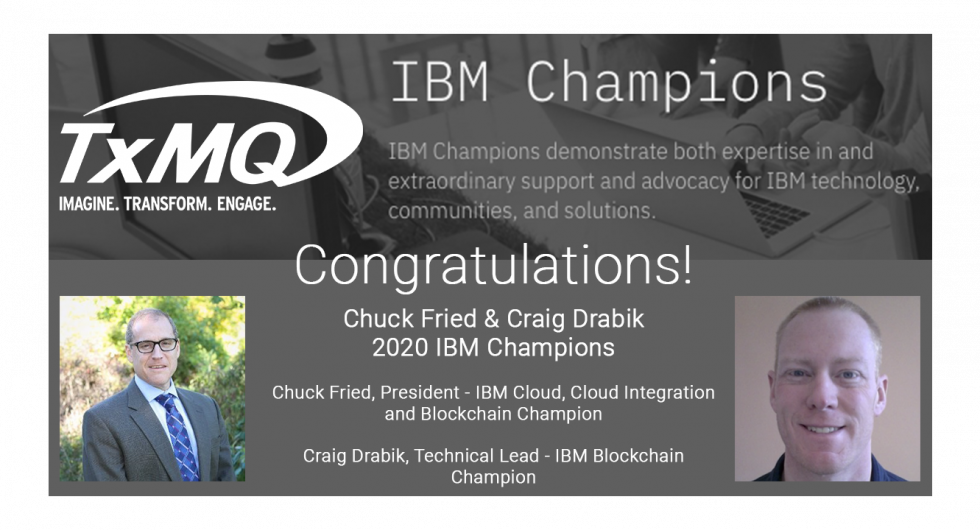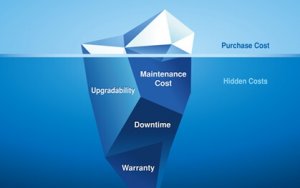I spend a lot of time talking to IT professionals in banks across the US and Canada. Some large and global, others regional. As the CEO of a technology consultancy that works with financial institutions of all sizes, having varied conversations with our clients is a big part of my job. And I can tell you that almost every single one of them says the same thing: I’m so busy reacting to day-to-day issues that I just don’t have time to really plan for the future.
In other words, they’re always in a reactive mode as they deal with issues that range from minor (slow transaction processing) to major (catastrophic security breaches). But while playing whack-a-mole is critical to any bank, even a small shift in priorities can give CIOs and their teams the room to get ready for tomorrow rather than just focusing on today.
How to get out of reactive mode
Every bank technology person intuitively knows all this, of course, but it’s almost impossible for most to carve out the time to do any real planning. What they need are some ways to break the cycle. To that end, here are just a few suggestions for IT leaders, based on my experiences with bank IT organizations, to get out of reactive mode and start preparing for tomorrow.
Have a clear vision
A clear vision is important in all organizations. Knowing what we’re all marching towards not only helps keep teams focused and unified, but also ensures high morale and a sense of teamwork. The day-to-day menial tasks mean a lot more when understood in the context of the overall goal.
Break projects into smaller projects
As a runner, I’ve participated in my share of marathons, and what I can say is that I’ve never started one only to tell myself, “Okay, just 26.2 miles to go!” Rather, like most runners, I break the race down into digestible (and mentally palatable!) chunks. It starts with a 1 mile run. Then I work up to a 10k (about 6 miles), and so on, until I reach the final 5k.
Analogously, I’ve seen successful teams in large organizations do amazing things just by breaking huge, company-shifting tasks into smaller projects — smaller chunks that everyone can understand, get behind, and see the end of. Maybe it’s a three-week assessment to kick off a six-month work effort. Or maybe it’s a small development proof of concept before launching a huge software redeployment initiative slated to last months. Whatever the project, making things smaller allows people to enjoy the little successes, and helps keep teams focused.
Get buy-in from company leadership
IT leaders are constantly going to management asking for more money to fund their projects and operations. And a lot of times, management doesn’t want to give it to them. It’s a frustrating situation for both parties, to be sure, but consider that one of the reasons management might be so reluctant to divert even more money to IT is you have nothing to show them for all the cash they’ve put into it previously. In their minds, they keep giving you more money, but nothing really changes. You’re still putting out fires and playing whack-a-mole.
If, on the other hand, you’re able to show them a project that will ultimately improve operations (or improve the customer experience, or whatever your goal is) they’ll be a lot more likely to agree. As an IT leader, it’s your job to seek out these projects and bring them to business leaders’ attention.
Implement DevOps methodology
I find a lot of financial institutions are still stuck in the old ways of managing their application lifecycles. They tend to follow an approach — the so-called “waterfall” model — that’s horribly outdated. The waterfall model for building software essentially involves breaking down projects into sequential, linear phases. Each phase depends on the deliverables of the previous phase to begin work. While it sounds straightforward enough, the flaw with the waterfall model is that it doesn’t reflect the way software is actually used by employees and customers in the real world. The reality is, requirements and expectations change even as the application is being built, and a rigid methodology like the waterfall model lacks the responsiveness that’s required in today’s business environment.
To overcome these flaws, we recommend a DevOps methodology. DevOps combines software development with IT operations to shorten application development lifecycles and provide continuous delivery. In essence, DevOps practitioners work to increase communication between software development teams and IT teams, automating those communication processes wherever possible. This collaborative approach allows IT teams to get exactly what they need from development teams, faster, to do their job better. “Fail fast, fail often” is a common mantra. Encourage the failure, learn from it, and then iterate to improve.
DevOps is obviously a radical shift from the way many bank IT professionals are used to making and using enterprise software, and to really implement it right, you need someone well-versed in the practice. But implemented correctly, it has the capacity to kickstart an IT organization that’s stuck in a rut.
Getting ahead
As an IT consultant, I’ve heard all the answers in the book for why your organization can’t seem to get ahead of the day-to-day. But these excuses are just that: excuses. If you’re an IT leader, by definition you have the power to change your organization. You just need to exercise it effectively.
Remember: our world of technology has three pillars: people, process, and technology. No stool stands on two legs, nor does IT. Understand these three complementary components, and you’re well on your way to transforming your organization.















